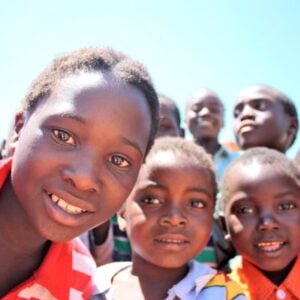Ethiopia continues to face multiple, prolonged humanitarian emergencies driven by internal armed conflicts, food insecurity, malnutrition, disease outbreaks, and climate change. Since 2022, the number of people needing humanitarian aid has sharply increased, rising from 16.8 million to 21.4 million in 2024. However, due to extensive efforts by the government and its partners, that number is expected to reduce to approximately 10 million by 2025. Additionally, around 1.1 million refugees and asylum seekers from neighboring countries such as South Sudan, Somalia, Eritrea, and Sudan will require assistance.
The World Health Organization (WHO) has played a leading role in supporting emergency responses across Ethiopia. It is currently addressing three Grade 3 emergencies—the highest level of WHO emergency response—including the crisis in northern Ethiopia, the influx of Sudanese refugees, and widespread cholera outbreaks. WHO is also tackling a Grade 2 emergency caused by vaccine-derived polio, as well as other ongoing health threats such as malaria, measles, malnutrition, dengue fever, and various climate-related hazards.
Civil unrest in regions like Amhara, Oromia, and Gambella has significantly disrupted relief operations. These conflicts have hindered the delivery of essential health services and humanitarian aid, delaying the distribution of critical supplies such as mosquito nets, antimalarials, and laboratory materials. Northern areas including Afar, Amhara, and Tigray continue to suffer the aftermath of the 2020–2022 conflict, which displaced large populations and caused severe damage to healthcare infrastructure.
Climate-related disasters such as droughts, floods, landslides, and earthquakes have worsened the situation, undermining livelihoods and weakening both health and social support systems. These overlapping crises have intensified the demand for humanitarian assistance and have placed heavy pressure on the country’s health system.
Although the Ethiopian government is working to address climate-related vulnerabilities, sustained international support remains vital. WHO has positioned itself as a first responder, operating through regional hubs to maintain essential health services in areas that are both high-risk and resource-poor. WHO is also leading efforts in outbreak detection and containment, while supporting national health system resilience and fostering collaboration across sectors.
To continue responding effectively to these escalating emergencies, WHO Ethiopia has outlined a funding requirement of $72.3 million for 2025. This funding is essential to maintain life-saving health interventions, boost emergency readiness, and ensure equitable healthcare access for the most vulnerable communities throughout the country.







